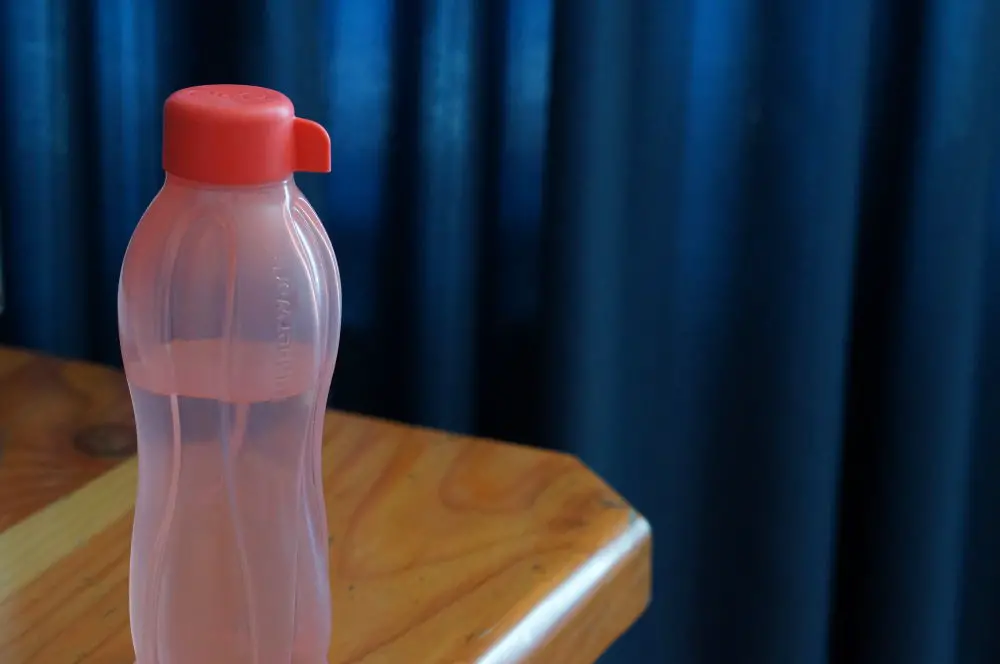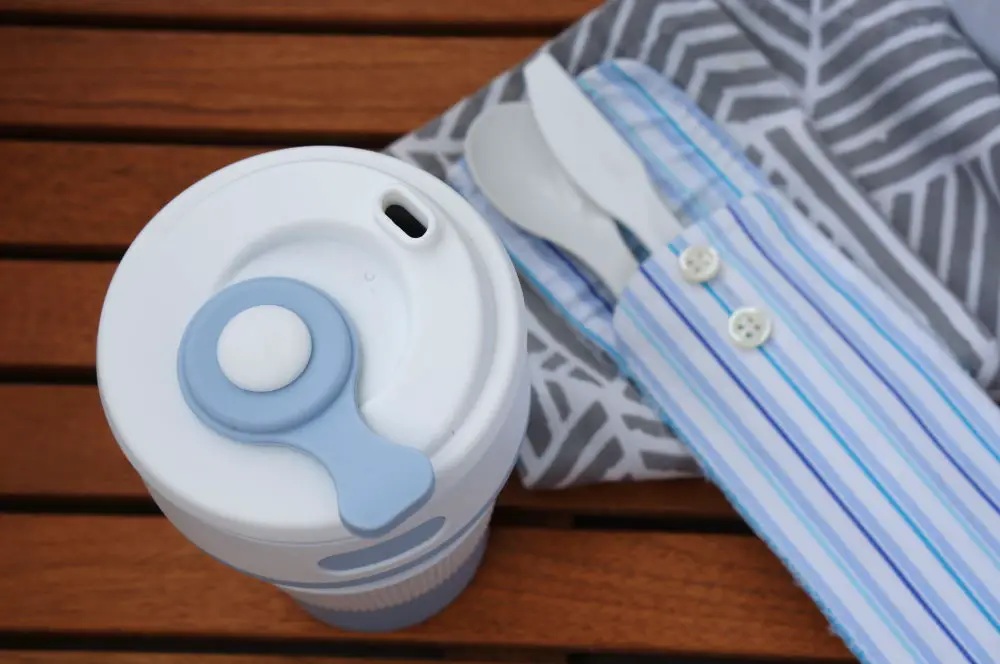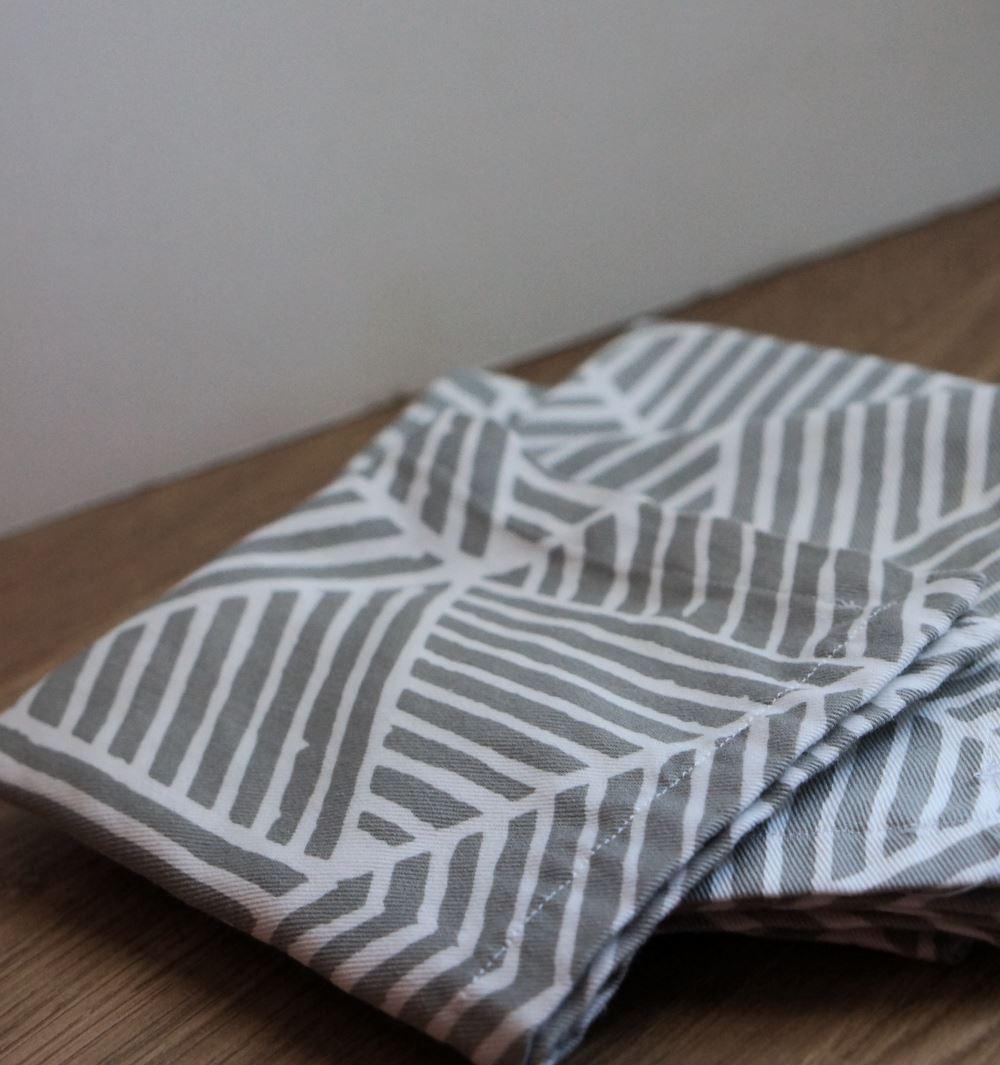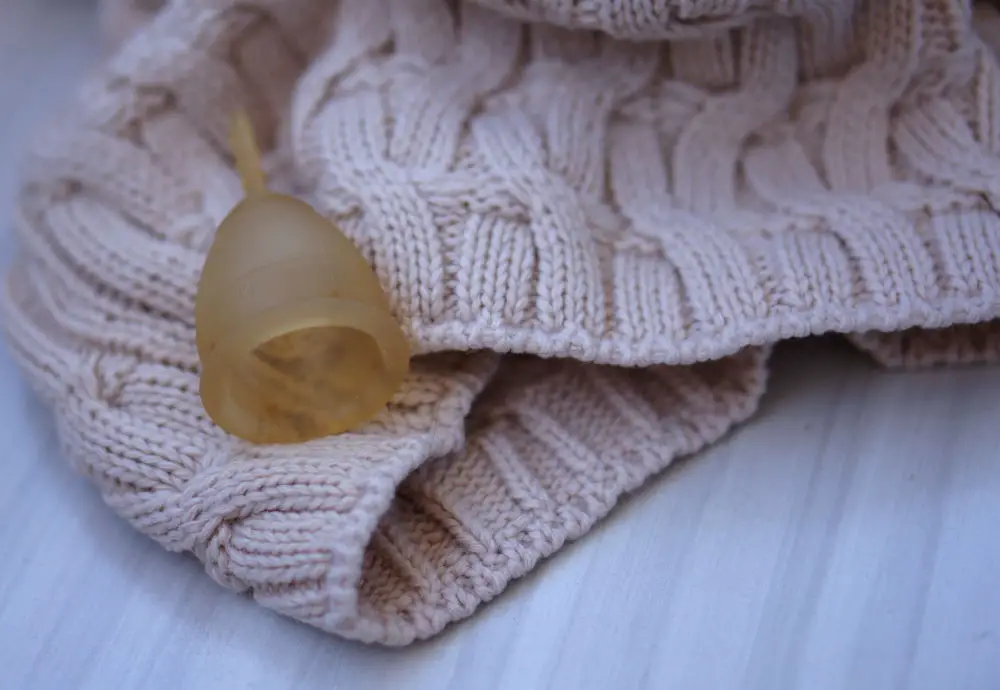You’ve started to live with less waste in your day to day life. You’re happy with your zero waste accomplishments.
But now you’re going to travel and you’re afraid that everything that you can’t keep up with your lifestyle during a trip.
It’s definitely easier to be more sustainable when you’re in your routine. While traveling the amount of variables you cannot control is bigger. A bunch of situations arise and you’re just reacting.
But that’s traveling, you can’t change that. You can however bring items that can be used in these unexpected scenarios.
There are a couple of items that I consider essential to help you reduce your waste while traveling.
But keep in mind that zero waste travel will be pretty much impossible as zero waste itself already is.
Helpful phrases to learn before going
If you’re going to a different country where you don’t speak the language, it’ll be even more difficult to reduce your waste. You can combat it a little bit by learning a few key phrases. If they are not used to hear people not wanting shopping bags, you’ll still receive weird looks but they’ll understand what you’re saying.
Here are a couple that will help you use use your zero waste travel kit.
- I don’t need a bag
- I don’t need utensils
- I brought my own
- Fill in this cup please
- I brought my own napkins
- Without a straw
These simple phrases are handy to reduce plastic and other disposable items, so learn them and people will always like that you’ve taken the time to actually speak in their language.
Items to bring on your next trip so you can be more zero waste
Reusable water bottle

In several countries, tap water is drinkable and good.
Many of them will even have fountains that you can refill your water bottle. That way you can minimize your plastic waste avoiding buying water in plastic.
Most airports now also have refillable stations, bring it empty to pass security check and fill it up while you’re waiting to board. Bottled water is so expensive in airports, having this option is more eco-friendly and saves money.
Having said that, I’m sorry to say to you but if you’re traveling to a country that doesn’t have safe tap water, you’re going to have to buy water in plastic. You can still bring your own water bottle to buy bigger bottles or 5 gallon jugs so you can minimize a bit of your waste.
I know you want to not use plastic, but consider your health first. Heavily research if the tap water is safe to drink before leaving. You don’t want to spend our entire vacation in the toilet or worst in a hospital room.
Reusable cup

Bringing a reusable cup can be useful to avoid waste while on the road. I don’t drink coffee myself but I decided to buy a reusable collapsible cup before my trip to Perú and it was so important to reduce my waste.
Due to the the altitude, we drank coca tea multiple times a day and by using my reusable cup I could reduce the amount of disposable cups I used during the trip.
I decided to buy a collapsible cup because I felt I would bring it everywhere with me since it didn’t use up much space in my backpack and I actually did! Whenever I travel, I like to bring my camera and I know myself, it it took too much space or was heavy to carry with me, I knew I wouldn’t carry it with me. That’s why I went with a reusable silicone cup.
Besides tea and coffee, the reusable cup is useful to carry yogurt, smoothies, ice cream in your trip. Anything you need a small container for, really.
Food Container
A food container is a must, if you want to take away leftover food when you eat in restaurants.
While a reusable cup can be useful, for bigger items, you’ll require a reusable food container.
I don’t usually bring mine because I eat way too much ahaha but definitely do if you know you can’t eat the portions that they serve you at restaurants. You’ll be reducing your food waste and saving money at the same time, next meal will be free!
Utensil kit
If you believe that you’ll be eating a lot of street food where only plastic cutlery is given then perhaps your best option is to bring a utensil kit with you.
A utensil kit is usually composed of a set of cutlery, or you can have a spork that doubles as a spoon and a fork and a straw. Bring your chopsticks if you’re traveling to a country that regularly uses it.
I’m a big fan of using real cutlery for utensil kits instead of bamboo cutlery.
You certainly already have a set at home, don’t you? Why buy one? Zero waste is not about using everything made of bamboo, is to reduce your waste, I know bamboo utensils are cuter, but you don’t need them.
The most zero-waste products are ones you already own.
However, one friend of mine had her fork confiscated while passing through the security check in Marrakesh (that fork passed security check in Porto) so if you’re flying consider bringing cutlery that doesn’t seem threatening to the security.
If you don’t generally use straws in your day to day, I’d skip it entirely. Keep in mind that if you’re traveling in the Summer it might be nice to drink a fruit juice by the beach or drink a cocktail, both are always served with a straw so if you don’t bring it with you, refuse it when ordering – unless of course if you’ve a condition that requires you to drink through a straw.
Reusable napkin

Switch disposable napkins to your own napkins, it’s a little bit more difficult to do this while traveling because you might not have the opportunity to wash them so I’ve two alternatives for you:
- Bring very light napkins (handkerchief like fabric) – I’d say about 3 for a 2 week trip – so you can wash them with regular bath soap and dry them overnight.
- Use disposable napkins but reuse them. Imagine that you go to a restaurant, you’re given a disposable napkin, if you didn’t soil it too much perhaps you can use them next time. So in the next restaurant, you’re refuse the disposable napkin and use the previous one. If you can use a disposable item more than once, it’s already a victory.
Handkerchief
Bring a reusable hankie to wipe your hands when using public bathrooms or to blow your nose. So simple and doesn’t take up any space in your luggage.
In case you’ve a tendency to have allergies or other conditions that mess with your nose, bring more than one so you can wash them while traveling.
Reusable shopping bags and produce bags
Even if you’re eating out a lot during your trip, I bet that you’ll at least go once to the supermarket or buy fruit in a local market.
One of my favorite things to do while traveling is to visit the local supermarket and food markets, there’s always something that is sold there that you rarely see in your country.
When I was in Guatemala, I brought a bunch of interesting stuff that I bought in a Guatemalan supermarket.
In case you don’t generally go to the supermarket, skip the reusable produce bags and bring at least a reusable shopping bag to carry any souvenirs you’re planning to buy. Sellers are quick to give you one plastic bag, if you bring a reusable one with you, you can refuse it.
And if you’re a big fan of bread like I do, consider bringing your reusable bread bag.
I don’t always use my reusable bread bag in my trips, but I always end up bringing it with me. It doesn’t take too much space and that way if we want to eat simple bread for dinner I can skip the disposable bag. People always comment on how beautiful my reusable bread bag is, it’s a fun conversation starter.
Reusable feminine hygiene products

If you’re a woman and you’re going to have your period on your trip, bring your reusable feminine hygiene products with you.
If use menstrual cups like I do, bring yours!
You can also bring your reusable menstrual pads, wash them with hand soap and let them dry and once you arrive you can thoroughly wash them in your washing machine.
Always try to use your zero waste kit but don’t let it ruin your trip
Remember that you cannot be perfect, if you’ve traveled before you know how so many unexpected things happen even with careful planning. Assess your travel style, what you usually do, what can be more unsustainable and prepare for that.
Reducing your waste is even more difficult while traveling so be easy on yourself. I bought a bunch of plastic water bottles in Perú and I don’t regret it, I know that tap water wasn’t safe there so why risk it?
I’ve shown a couple of my own travel essentials, but see what works or not for you. At first, I only brought my reusable water bottle, now I bring everything in this list besides the food container. It’s a journey, you don’t need to do it all in your next trip.
